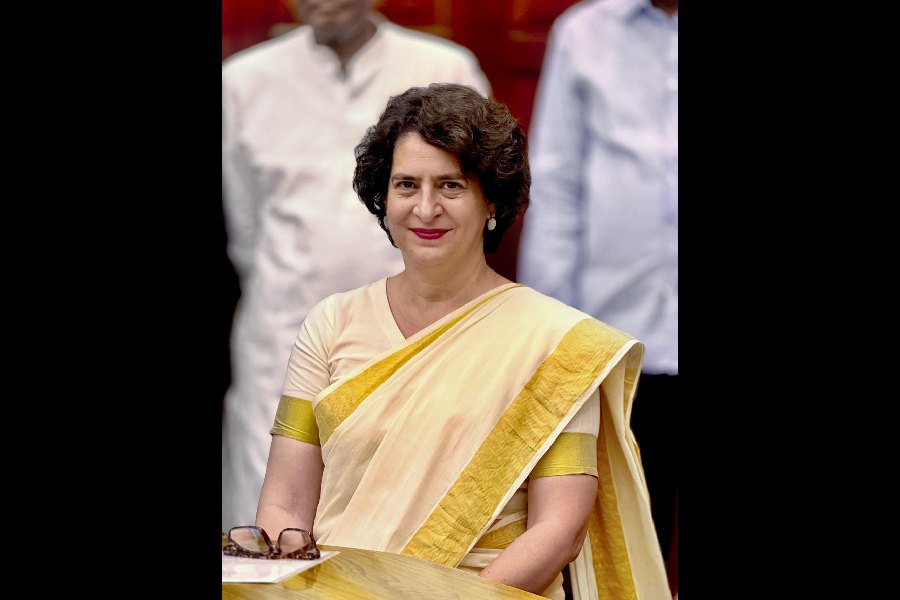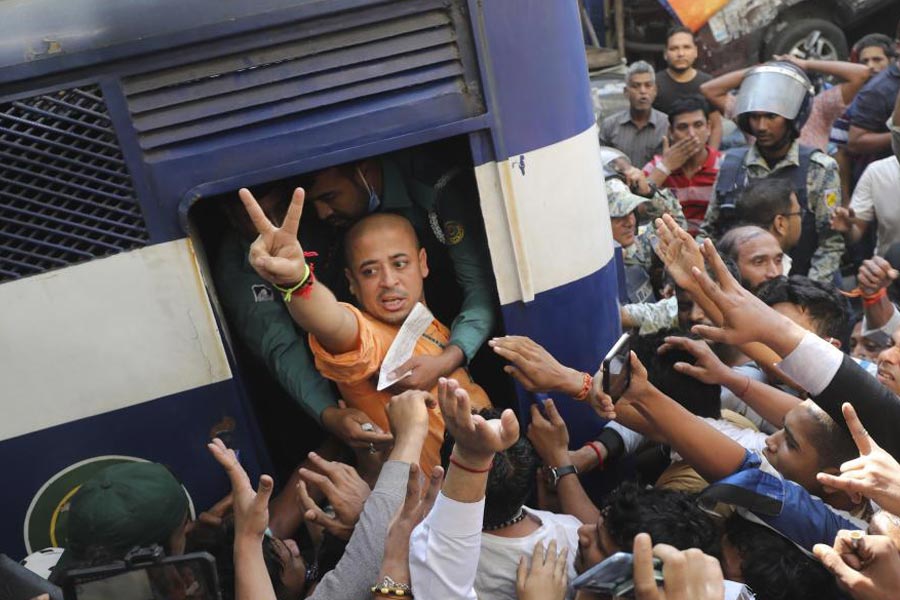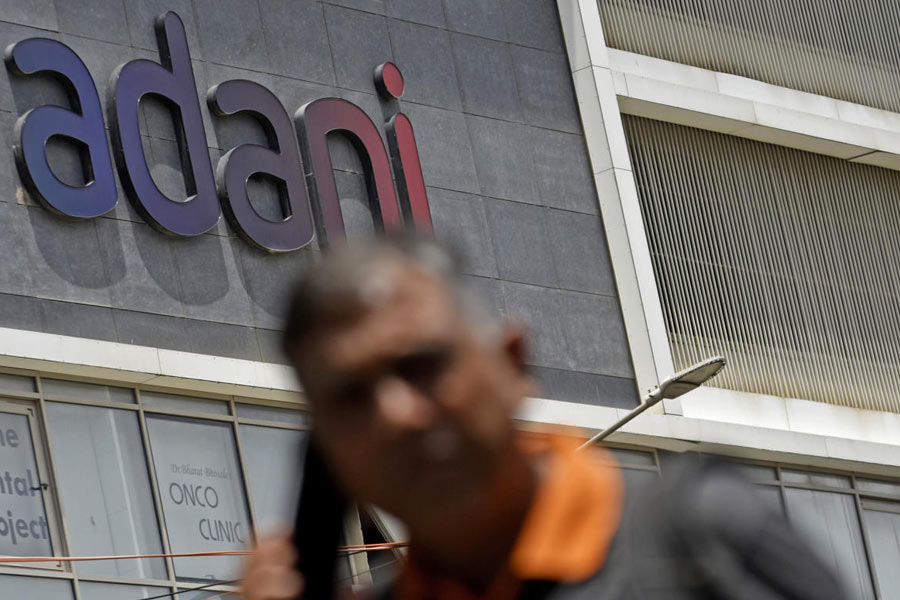JOY BABA FELUNATH
This Satyajit Ray film never gets old. The way it establishes the sub-plot of Durga Puja, with the idol being made by the artisan (a key character in the film) gives this Feluda film a beautiful edge. The artisan-sculptor recounts the mythological tales surrounding the goddess, how she is aided by the lion in slaying the asura, and the little boy named Ruku listens. “Is this all true?” he asks. The yet-to-be painted statue of the goddess, devoid of awe and grandeur, serves as a reminder of how unseemingly plain they look in reality.
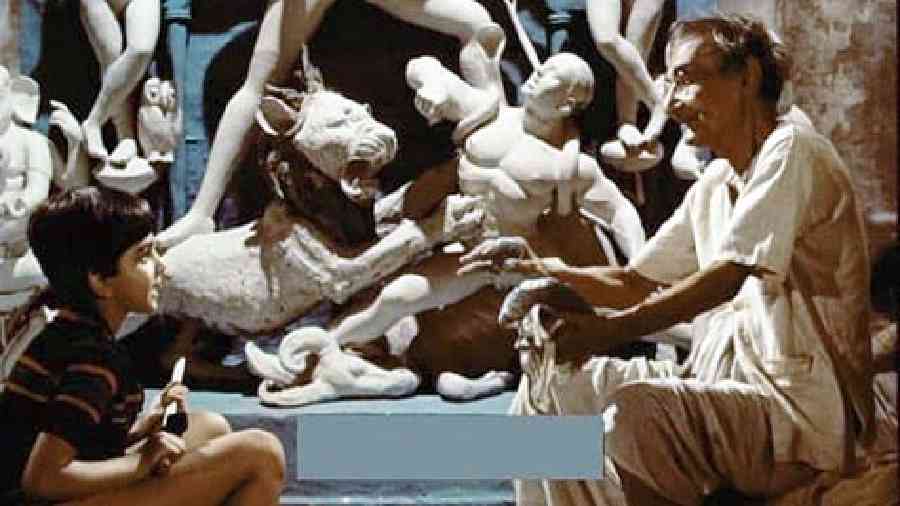
Ray makes sure that there is no glorification, simply the sense of mystery that makes this film an enduring classic.
Even if there’s the transformation of the goddess with jewellery and additional ornaments, the discreet charm of Joy Baba Felunath lies in the formative passing down of myths and tales from one generation to another. Ruku is somehow all of us, his wonder and innocent interrogation shadows a collective interrogation of the myths and the legends that become part of our lives. Ray makes sure that there is no glorification, simply the sense of mystery that makes this film an enduring classic.
KAHAANI
Has any other mainstream Bollywood film been able to capture the spirit of Durga Puja on screen like Kahaani? This Sujoy Ghosh thriller places an outsider — a heavily pregnant Bidya Bagchi (Vidya Balan), who comes to Calcutta just before Puja celebrations start. She is looking for her missing husband. As the city gears up to prepare for the most awaited time of the year, cinematographer Setu’s lens breathtakingly captures the details... the idols getting their finishing touches, them being taken to the pandal, and the fixing of the loudspeakers. The swift array of details that pass through the screen coincide with the restless energy most of us feel gearing up for the festival.
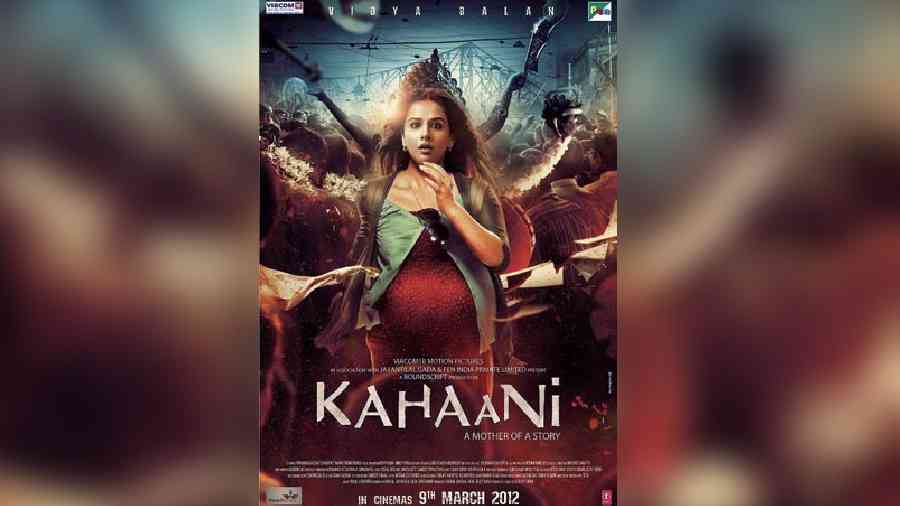
Then there is the extended sequence of the last day of the festival, where Bidya’s hunt for her ‘husband’ leads her to the killer. Kahaani builds to an unforgettable climax where Vidya Balan, clad in a traditional laal paar shada sari, disappears into the dizzying maze of women lost in the ecstacy of sindoor khela.
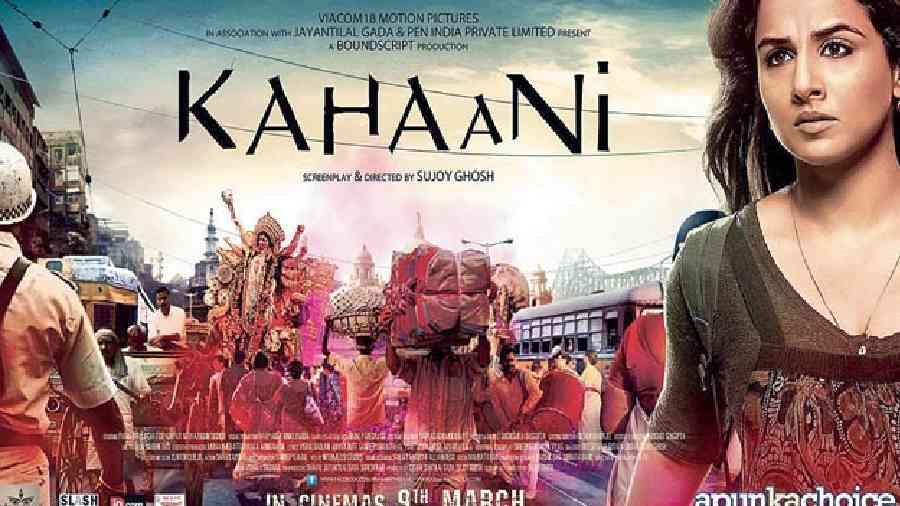
It is a powerful moment that culminates Bidya’s journey and reminds us of the inevitable triumph of good over evil.
LOOTERA
Vikramaditya Motwane’s sophomore feature is ultimately a romantic drama, but so much of its impact feels like a reminder of things left behind. Lootera opens with a beautiful sequence of a bonedi bari celebrating Durga Puja, as the aristocrat landlord Soumitra Roy Choudhary (Barun Chanda) presides over the celebrations in his decorated courtyard. His daughter Pakhi (Sonakshi Sinha) sits with the rest, as the villagers have gathered to see the traditional folk theatre performance of Ramleela. The festival here stands as the symbol of power that the family holds, and the close-knit structure of a small town where men and women participate in it together.
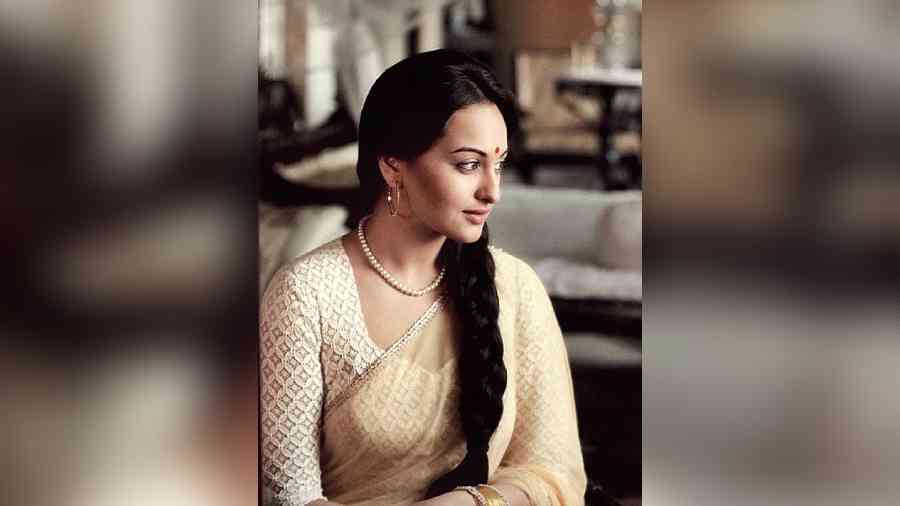
The entire sequence, beautifully shot by Mahendra J. Shetty, establishes the characters effectively. Even as the landlord is adamant about keeping his home and the valuables from the past, imminent danger arrives in the form of Varun Shrivastava (Ranveer Singh). Pakhi is unaware of these possibilities, as she devotes her entire attention to the unfolding play. It is a minor sequence, yet so much is unlocked and established in the process.
devdas
The iconic Dola re, with Aishwarya Rai and Madhuri Dixit dancing like a dream, has cemented itself as an indelible moment on screen. The opulent set, the background dancers and Saroj Khan’s iconic hook step all come together to create magic. What makes the sequence in the Sanjay Leela Bhansali film so mesmeric is how it marks the communion of two strong female protagonists from different backgrounds: Paro (Aishwarya), a Thakurain, and Chandramukhi (Madhuri), a prostitute. Even as Kali babu (Milind Gunaji) tries to humiliate Chandramukhi for her social status, she stands for herself, saying how the soil from the courtesan’s doorstep is mixed in the clay used to build the deity. She refuses to be shamed. The goddess doesn’t discriminate, it is the patriarchal society that builds these boundaries around her.
utsab
In Rituparno Ghosh’s Utsab, the entire narrative unfolds within the bonedi bari gearing up for Durga Puja. Yet there is a feeling of loss, for only the age-old customs and traditions have remained and the family has suffered separation. With quiet magnitude, Ghosh paints this jarring portrait of a culture jostling with itself. As all the family members gather a few days ahead of Puja, there are past grievances and hurt that return to the forefront. The Puja stays in the background in Utsab, as the sons and daughters of the matriarch Bhagabati (Madhabi Mukherjee) — Parul (Mamata Shankar), Nishit (Bodhisattva Mazumdar) and Keya (Rituparna Sengupta) — deal with their personal relationships.
Utsab strips away the pomp and splendour of the festival to remain watchful of the physical as well as emotional interiors of the house. At the end, we all wait for Durga Puja with an anticipation that those four days will release us from the circumstances of our daily lives. That sense of longing is what binds us together. Each year, we wait patiently for these four days. Utsab paints that resilient picture of the festival that never gets old.
Which is your favourite Durga Puja moment on screen?
Tell t2@abp.in


